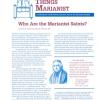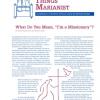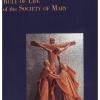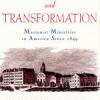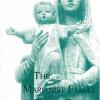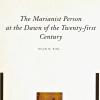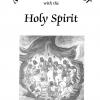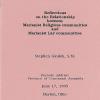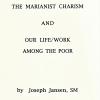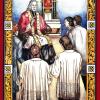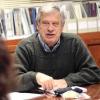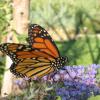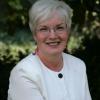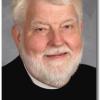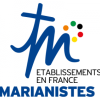|
|
The Marianist approach to holiness is explored in this issue. |
$ 0.60 |
|
|
Our Marianist Founders have told us that "we are all missionaries." What did they mean by the term "missionary?" |
$ 0.60 |
|
|
This book includes 52 articles that reflect the major themes in the life of Marianist religious. |
$ 24.00 |
|
|
NACMS offers a variety of e-learning opportunities that may be accessed virtually. |
|
|
|
Kauffman situates the history of the Marianist brothers in religious culture, americanization and modernization, ethnicity and race issues, spirituality, and modernization of schools, colleges, and universities. |
$ 21.00 |
|
|
Now in its second edition, The Marianist Family Prayer Book contains the richness of the original work but expands it with the inclusion of more than 60 new prayers crafted by members of the Marianist Family. This new second edition is an essential resource for those inspired by the Marianist approach to spirituality. From the initial glow of daybreak to one's last moments before slumber, there is a prayer in this new edition for every moment of one's day. |
$ 11.00 |
|
|
Bihl’s work is a study of the theology of the human person in relationship to Marianist spirituality. His work also includes Trinitarian, liberation, and feminist perspectives and builds a view of the human person who is free and who participates in God’s creative reality. |
$ 14.00 |
|
|
What are the teachings of Father Chaminade regarding the relationship between Mary and the Holy Spirit? How do we, as Marianists, view the collaboration between Mary and the Holy Spirit, and build a relationship within this collaboration? |
$ 13.00 |
|
|
Father Landolfi facilitates conversation between Mary, the mother of Jesus, and the reader. Each chapter begins with a passage from scripture that depicts an event or description of Jesus' life. |
$ 9.00 |
|
|
Framed by the scripture and images of the wedding feast at Cana (John 2:10), Brother Glodek explores the relationship of Marianist laity and Marianist religious men and women. |
$ 3.00 |
|
|
This short read challenges us to consider our solidarity with the poor, no matter how we define the poor, and to respond to injustice with faith as Mary did. |
$ 3.00 |
|
|
Brother Raymond L. Fitz, SM, looks at the first 100 years of Marianist involvement at the Mount St. John property in Dayton, Ohio. His words are a reflection and challenge for all Marianists--religious and lay. |
|
|
|
A look at the first 100 years of Marianist involvement at Mount St. John |
|
|
|
A touching reflection on motherhood, filled with the joyous pains of childbirth and Jesus' suffering on the cross . . . told through the eyes of a mom armed with a cup of coffee and a rosary. (Article by Susan Handle Terbay) |
|
|
|
Volume four completes the documents presented in volumes two and three, presentations made mainly to the members of the Sodality from 1800 to 1809; the French published these as Notes d’instruction. |
$ 27.00 |
|
|
“What is your take on Mary?” If you work at a Marianist institution, especially if you are in charge, this question may seem overwhelming. Father Joseph H. Lackner, in sobering candor, explores his relations with Mary. He draws upon literature and Scripture in his reflection and invites the audience to ponder and to grow in relationship with Mary. |
|
|
|
Father Benlloch provides a keen analysis of this Marianist question and explores its implications related to language and our relationship with Mary. |
|
|
|
When it comes to praying the rosary, do you know the "mysteries of light"? If not, let Father Roten explain their spiritual richness to you. |
|
|
|
The Marianist Family is comprised of four branches. While many know about the Marianist Lay Communities, Marianist Sisters, and Society of Mary, fewer people are aware of the Alliance Mariale. So, just what is it? This article by Michelle Héraud fills in some of the details. |
|
|
|
This paper addresses three components of Marianist spirituality: empowerment of the laity, Mary, and community. The historical relevance of the establishment of lay groups in Bordeaux is compared in two major biographies of Father Chaminade, and the characteristics of the early communities are presented as a model for today's Church. |
|
